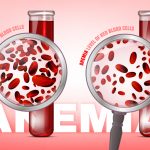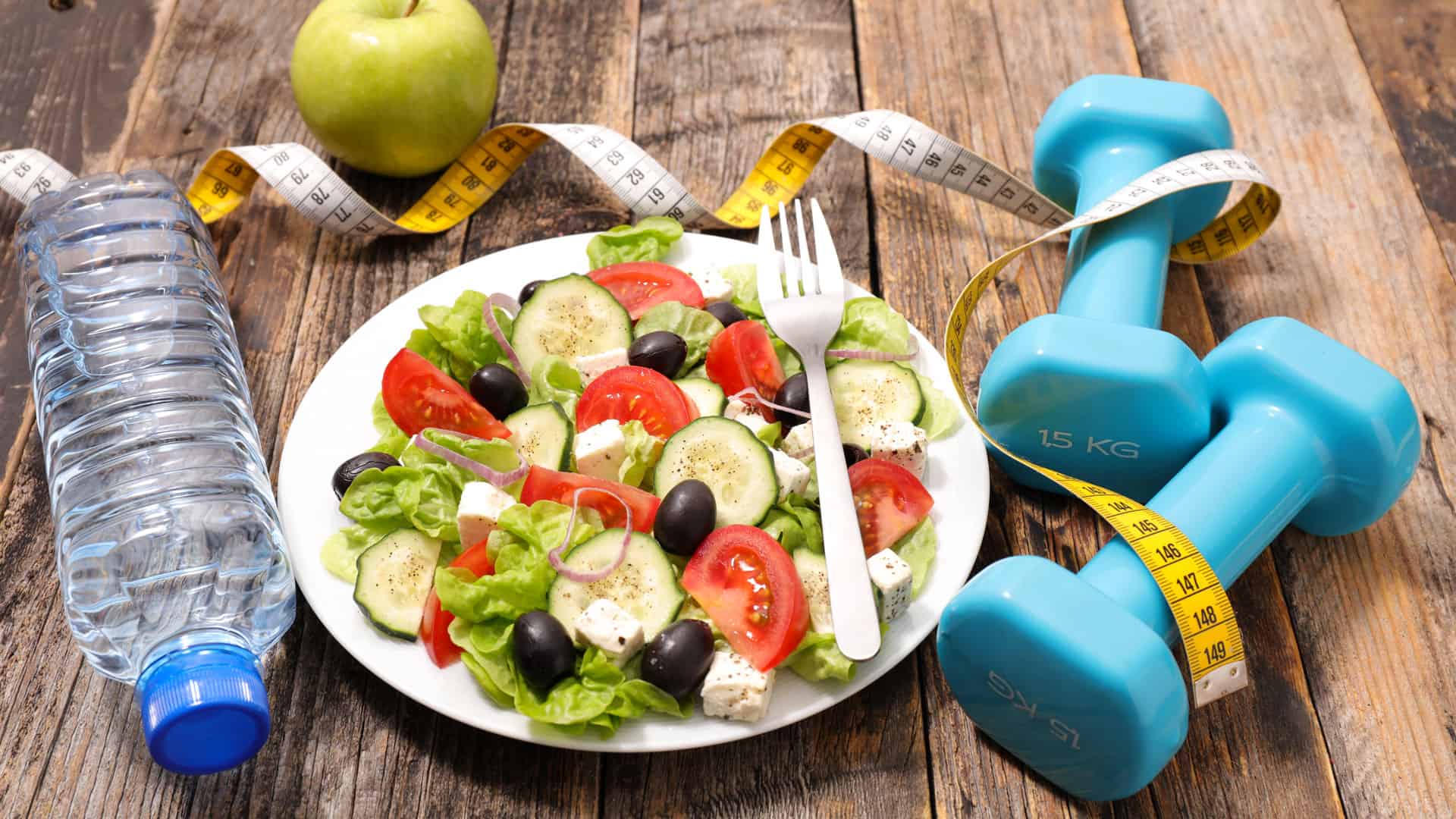Type 2 diabetes is a chronic disease that affects millions of people worldwide. Uncontrolled cases can cause blindness, kidney failure, heart disease and other serious conditions.
Before diabetes is diagnosed, there is a period where blood sugar levels are high but not high enough to be diagnosed as diabetes. This is known as prediabetes.
It’s estimated that up to 70% of people with prediabetes go on to develop type 2 diabetes. Fortunately, progressing from prediabetes to diabetes isn’t inevitable (1).
Although there are certain factors you can’t change — such as your genes, age or past behaviors — there are many actions you can take to reduce the risk of diabetes.
Here are 13 ways to avoid getting diabetes.

1. Cut Sugar and Refined Carbs From Your Diet
Eating sugary foods and refined carbs can put at-risk individuals on the fast track to developing diabetes.
Your body rapidly breaks these foods down into small sugar molecules, which are absorbed into your bloodstream.
The resulting rise in blood sugar stimulates your pancreas to produce insulin, a hormone that helps sugar get out of the bloodstream and into your body’s cells.
In people with prediabetes, the body’s cells are resistant to insulin’s action, so sugar remains high in the blood. To compensate, the pancreas produces more insulin, attempting to bring blood sugar down to a healthy level.
Over time, this can lead to progressively higher blood sugar and insulin levels, until the condition eventually turns into type 2 diabetes.
Many studies have shown a link between the frequent consumption of sugar or refined carbs and the risk of diabetes. What’s more, replacing them with foods that have less of an effect on blood sugar may help reduce your risk
A detailed analysis of 37 studies found that people with the highest intakes of fast-digesting carbs were 40% more likely to develop diabetes than those with the lowest intakes
2. Work Out Regularly
Performing physical activity on a regular basis may help prevent diabetes.
Exercise increases the insulin sensitivity of your cells. So when you exercise, less insulin is required to keep your blood sugar levels under control.
One study in people with prediabetes found that moderate-intensity exercise increased insulin sensitivity by 51% and high-intensity exercise increased it by 85%. However, this effect only occurred on workout days (8Trusted Source).
Many types of physical activity have been shown to reduce insulin resistance and blood sugar in overweight, obese and prediabetic adults. These include aerobic exercise, high-intensity interval training and strength training (9Trusted Source, 10Trusted Source, 11Trusted Source, 12Trusted Source, 13Trusted Source, 14Trusted Source).
Working out more frequently seems to lead to improvements in insulin response and function. One study in people at risk of diabetes found that burning more than 2,000 calories weekly via exercise was required to achieve these benefits (14Trusted Source).
Therefore, it’s best to choose physical activity that you enjoy, can engage in regularly and feel you can stick with long-term.
3. Drink Water as Your Primary Beverage
Water is by far the most natural beverage you can drink.
What’s more, sticking with water most of the time helps you avoid beverages that are high in sugar, preservatives and other questionable ingredients.
Sugary beverages like soda and punch have been linked to an increased risk of both type 2 diabetes and latent autoimmune diabetes of adults (LADA).
LADA is a form of type 1 diabetes that occurs in people over 18 years of age. Unlike the acute symptoms seen with type 1 diabetes in childhood, LADA develops slowly, requiring more treatment as the disease progresses (15Trusted Source).
One large observational study looked at the diabetes risk of 2,800 people.
Those who consumed more than two servings of sugar-sweetened beverages per day had a 99% increased risk of developing LADA and a 20% increased risk of developing type 2 diabetes (16Trusted Source).
Researchers of one study on the effects of sweet drinks on diabetes stated that neither artificially sweetened beverages nor fruit juice were good beverages for diabetes prevention (17Trusted Source).
By contrast, consuming water may provide benefits. Some studies have found that increased water consumption may lead to better blood sugar control and insulin response (18Trusted Source, 19Trusted Source).
One 24-week study showed that overweight adults who replaced diet sodas with water while following a weight loss program experienced a decrease in insulin resistance and lower fasting blood sugar and insulin levels.
4. Lose Weight If You’re Overweight or Obese
Although not everyone who develops type 2 diabetes is overweight or obese, the majority are.
What’s more, those with prediabetes tend to carry excess weight in their midsection and around abdominal organs like the liver. This is known as visceral fat.
Excess visceral fat promotes inflammation and insulin resistance, which significantly increase the risk of diabetes (20Trusted Source, 21Trusted Source, 22Trusted Source, 23Trusted Source).
Although losing even a small amount of weight can help reduce this risk, studies show that the more you lose, the more benefits you’ll experience (24Trusted Source, 25Trusted Source).
One study of more than 1,000 people with prediabetes found that for every kilogram (2.2 lbs) of weight participants lost, their risk of diabetes reduced by 16%, up to a maximum reduction of 96% (25Trusted Source).
There are many healthy options for losing weight, including low-carb, Mediterranean, paleo and vegetarian diets. However, choosing a way of eating you can stick with long-term is key to helping you maintain the weight loss.
One study found that obese people whose blood sugar and insulin levels decreased after losing weight experienced elevations in these values after gaining back all or a portion of the weight they lost.
Continue Reading:https://www.healthline.com/nutrition/prevent-diabetes#4.-Lose-Weight-If-Youre-Overweight-or-Obese






